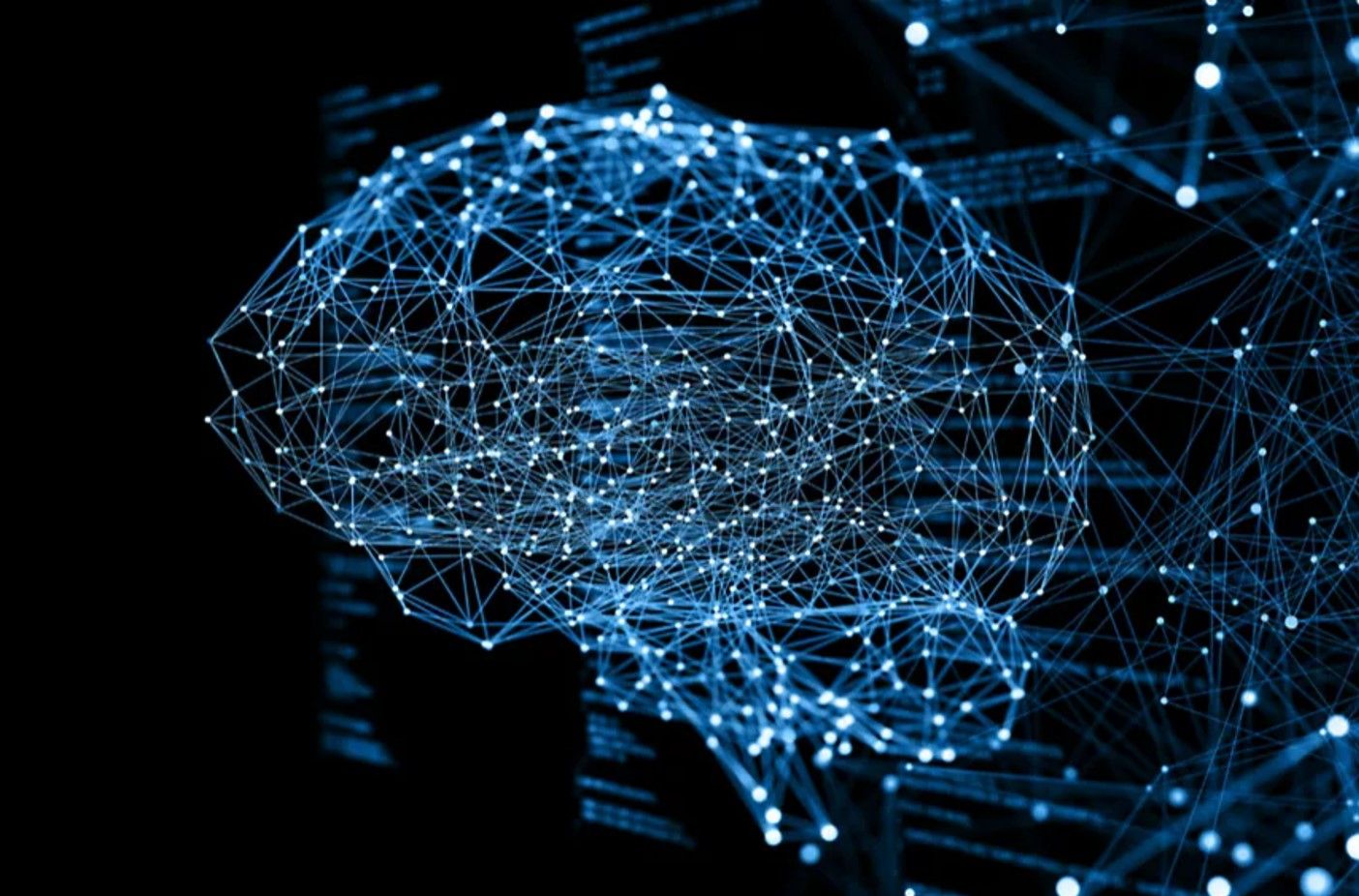Supply chains today are more complex than ever before. Disruptions created by material shortages, climate disasters, and geopolitical tensions have added to an already complicated process, leaving logistics professionals searching for alternatives. In fact, a recent study from Germany found that 65% of all companies in the logistics sector report that they have suffered financial losses due to supply chain disruptions.
Artificial intelligence (AI) in particular has emerged as organizations undergo digital transformations in the way they move products, materials, and components across their supply chains. Market research found that 37% of supply chain leaders are either already using AI or planning to deploy it within the next 24 months.
In December 2023, global business leader Accenture announced it would be expanding its partnership with SAP SE for the creation of a nerve center using AI technology to support supply chain resiliency and sustainability and provide a solution to prevent future disruptions. In addition to cloud technology and analytics, a key component of the nerve center is Cosmo Tech’sSupply Chain Vulnerability Scan, which uses AI simulation to generate all possible outcomes.
What is AI simulation?
AI simulation is a new type of generative AI that can run thousands of simulations automatically to help supply chain managers identify vulnerabilities that will have the greatest impact on their business and weak spots that may cause problems in the future. It looks at the impact of supply chain disruptions and the cascading effect for every supplier and route and runs scenarios based on changes made in these areas.
It is different from other AI models that are based on past data in that AI simulation uses synthetic data to create thousands of possible future scenarios.
In contrast, AI simulation is knowledge based, meaning rather than learning from the past or old data, you are creating new knowledge to gain visibility into the future.
By generating new and unknown scenarios, AI simulation is ideal for complex decision-making. It covers the predictive and the “what if” with a level of reliability and explainability that is not possible by using only machine learning techniques. It can also offer supply chain managers prescribed actions that allow them to set their target performance indicators, including supply change, profits, service level agreements, level or production capacity and CO2 emissions, to get the best option out of all possible and probable futures.



